The past century was incredibly colorful, bright and eventful. Today, designers are inspired by the collections of the past to create new ones. Everything we wear now came to us from the fashion of the 20th century.
10s years

Fashion in the 1910s in Western countries was characterized by pomp and luxury in the first half of the decade, called the "Belle Epoque." After the outbreak of World War I, it was replaced by practicality and the borrowing of many details from military uniforms.
This decade was characterized by the narrowing of men's trousers and women's skirts and dresses, the gradual abandonment of the corset and the shortening of dress hems and the length of women's hair, which prepared the ground for the emergence of radically new clothing in the following decade.
The foundations for women's fashion until 1914 were laid in 1908, when Parisian designers led by Paul Poiret created a fundamentally new silhouette for women's clothing that offered a slim but straight figure. In 1910, the designer created the "limping" skirt, which was very narrow and cuffed at the bottom, forcing ladies to shimmy in small steps.
Under the influence of sports and women's emancipation, the corset became freer and less restrictive of movement, abundant decoration began to disappear, the cut became freer, and the neck and arms gradually became open. This process was especially intensified after the wave of mass suffragette demonstrations in 1913.
Under the influence of the men's suit, long coats resembling men's, leggings and ankle boots, blouses resembling men's shirts, and with them stand-up detachable collars and ties, came into fashion. However, the styles of evening dresses remained more conservative. Their necklines were deep, with open shoulders.
The popularity of tango grew, and as a result, skirts with a slit in the front appeared, and in 1911 the Parisian house "Drecol and Beschoff" created a trouser dress for dancing, but it did not catch on.
In the influence on women's fashion, powerful figures and representatives of the aristocracy receded into the background, a much larger role was played by actresses of theater, cinema, vaudeville and variety shows; ballerinas. Geographically, the center of fashion shifted from France to the United States, American cinema had a huge influence on the taste of fashionistas.
But still, it was in Paris, in 1910, that the milliner and former cabaret singer Gabrielle Chanel, known as "Coco", opened a hat shop. Later, during the war, she offered to make clothes from knitted fabric. And even later, she introduced pajamas, sweaters and shirts in men's style into women's wardrobes. Chanel laid the foundation for shaping the fashion of the next decade. And, of course, she became the progenitor of the popularity of the legendary little black dress.
20s

The 1920s were the real beginning of the fashion revolution. This was most influenced by two factors - the end of World War I and the growth of many emancipation movements. At this time, the world was struggling with a crisis, and shortages were visible at every turn, but everyone wanted change. People were increasingly paying attention to fashion, art and entertainment. At that time, women's clothing became an expression of a modern approach to life and art.
Old habits and attitudes were changed by World War I, and with its arrival, the long dresses and corsets worn just 10 years ago almost completely disappeared.
Such uncomfortable outfits did not suit active women who, during the war, had to perform the duties of men at the front. They worked in gardens, in factories, were drivers or factory mechanics.
In the 1920s, fashion entered the era of modernism. Women finally abandoned uncomfortable and restrictive clothing, preferring loose dresses with a low waist. Their clothes became more casual and did not show their shape, and tight underwear even squeezed their breasts - thanks to feminist movements, a boyish silhouette came into fashion. The most important change was the gradual exposure of women's legs. As a result, more attention was paid to shoes and stockings. Pastel and flesh-colored models prevailed, usually made of natural or shiny artificial silk.
30s

Fashion in the 1930s was completely different from the fashion of the previous decade. This was due to the greatest economic crisis that occurred in 1929 and significantly affected fashion, including. Starting in the United States, the crisis spread for a whole decade almost throughout the world and was called the Great Depression.
As a result of these events, women began to wear modest clothing, often made of synthetic fabrics. Nylon appeared on the market for the first time, and with it, tights, which became the hit of the decade.
In the 1930s, the shapes and lines of women's clothing were associated with the cult of modernism. In fashion and architecture, minimalism, simplicity and functionality were valued. Clothing was practical and comfortable. The dynamic and professionally active lifestyle of women prompted them to wear suits, elegant blouses and sweaters. To make the silhouette even more feminine, the figure was emphasized with a belt at the waist. Fitted dresses, high-waisted trousers and jackets also came into fashion. The new trend contrasted with the 1920s, when the image of a brawler dominated.
The silhouette of the 1930s became even more feminine thanks to the use of different types of textures. Transparency and lace were in fashion, which perfectly illustrated socio-political changes - the emancipation of women. At the same time, a fur coat appeared in women's wardrobe, which was previously unacceptable to wear. Among the colors, powder pink prevailed.
40s

If one had to describe 1940s fashion in two words, it would be “strict and practical.” The hard times that followed the start of World War II forced the clothing industry to adapt to the new wartime conditions.
The first major problem was the lack of quality materials such as wool or nylon, the production resources of which were completely directed to sewing military uniforms. Therefore, women's suits were sewn from the cheapest fabrics, mainly artificial, invented in the previous decade. When the production of stockings was stopped, women drew a characteristic line on the back of the leg, imitating their presence.
Dresses with belts, simple knee-length skirts and stiff jackets prevailed. Trousers and comfortable overalls were also worn willingly. A new item was a dress that was fully buttoned, and scarves that were worn around the neck or used to tie the hair. They introduced a decorative element into the strict and rough style of clothing. As for shoes, at best they were comfortable shoes with a thick, low, stable heel, a thick sole, lace-up, and rounded toes. At worst, military boots and shoes. Accessories were distinguished by a certain freedom: chest bags, gloves, scarves, hats - these elements filled the lack of fashionable decor.
Since many women did not have the money to buy clothes, they sought to invent and sew new clothes from unusual materials at hand. It became popular to sew dresses and skirts from home textiles - curtains or tablecloths. Men's uniforms were dyed and turned into jackets or blouses.
50s

World War II brought fashion to a halt. In the 1940s, the most important feature of clothing was its functionality. With the end of the war, fashion ateliers were revived, and Paris once again became the capital of fashion. Women wanted to enjoy trends in a new way and invest in clothes that would express their character.
These needs were quickly read by Christian Dior, a French designer who created typically feminine outfits, sometimes uncomfortable, but always embodying elegance and sophistication.
The hourglass figure was once again considered ideal in the 1950s. That is why fashion designers, and later stylists (midi) created clothes that emphasized the waist, bust and hip line. Popular clothes at that time were a suit with a jacket and skirt, a shirt dress with a belt, a flared skirt and a pencil skirt, a double-breasted set - a blouse and a sweater of the same color - and cigarillo pants.
For evening outings, long dresses or midi-length models were worn, most often with an open neckline, shoulders and back. The clothes were decorated with bows, beads or sequins. Patterned motifs prevailed in the dresses of that era: Vichy check, flowers and polka dots, which symbolized joy and girlhood.
Underwear at that time consisted primarily of a balconette bra, a garter belt, a corset and garters. Small rectangular and trapezoidal models dominated the bags. European women were happy to wear gloves and hats. It is enough to recall, for example, the style of Audrey Hepburn from the cult film "Breakfast at Tiffany's".
Here, of course, it is worth saying that Soviet fashion was significantly different from European, returning "to the wrong place" after the war. Unfortunately, in terms of diversity, it always remained at the level of wartime. And our mothers and grandmothers until the 90s were forced to "spy" on the fashion trends of progressive countries, in order to then sew themselves meager analogues from scarce fabrics. Or stand in line to "get" coats, boots or jeans "thrown" on the shelves from slightly more developed countries of the socialist camp. Or buy desirable imported things at high prices from fartsovshchiki...
But we won't dwell on the minimalist and depressing Soviet fashion. It's quite sad, although our women never lacked ingenuity and the desire to be stylish.
60s

The 1960s were a period when London made a strong mark on the world fashion map. The Beatles, youth music, and the King's Road and Carnaby Street full of teenagers created the atmosphere of this decade, which Time magazine called "Swinging London".
Young people did not want to be like their parents. So they searched for their own style and were surrounded by many new, fresh and optimistic stimuli. One of them was the great music of the Beatles and the Rolling Stones, and another was innovative trends in art, such as pop art and optical art. Andy Warhol's contrasting colors inspired one of the most important designers of that decade, Pierre Cardin. His calling card was simple short dresses and tunics with bright accents.
We also cannot fail to mention Mary Quant. She is the author of the miniskirt, which became a symbol of those years. The model Twiggy was the biggest promoter of the innovative project. Her slender boyish figure perfectly reflected the then popular ideal of beauty.
Square clothing was best suited to such physiques: 7/8-length cigarillos, cropped blouses, trapezoidal dresses and coats, combined with flat shoes, and round sunglasses.
70s

Fashion in the 70s was diverse. During this period, we can talk about 3 main trends: hippie, disco and punk. Each of them was strongly associated with socio-political changes or music.
The 1970s were primarily a transition to naturalism. At that time, an attitude towards life in harmony with nature and the popularity of clothing made of natural fabrics were cultivated. Similar ideas were expressed by representatives of the hippie subculture, protesting against institutionalism and excessive state intervention in human life. A wealth of psychedelic prints and colors, free cut, as well as floral motifs appeared in hippie wardrobes.
Disco culture and a rich social life also characterized this period perfectly. At that time, shiny fabrics, sequined dresses, gold, pleats, ruffles and lycra clothes were worn. There was a fashion for glitter, young people wanted a carefree life. They expressed their dreams through clothes, living in anticipation of events such as New Year's, prom or carnival party, which created an opportunity for fashion lovers to party.
Also in the 1970s, there was a close collaboration between fashion and music. This combination was visible in such trends as: jeans with holes, shoes and bags decorated with safety pins and rivets, T-shirts with inscriptions. Mohawk and bright makeup were the best for this style. Punk fashion had many faces. It is enough to look at the different clothing styles of the Ramones (leather jackets dominated their image) and Patti Smith (jeans and a white shirt were here).
Punk trends caused a huge outcry back then, but today we calmly observe many of them on the streets and world fashion catwalks.
80s

The fashion of the 80s was accompanied by a booming economy. The US saw the emergence of the yuppie group – corporate office workers and Wall Street careerists. The 80s were also an era when individualists came to the fore. The player with headphones was a device that reflected the spirit of the times.
The trend in fashion was to lead a sporty lifestyle, inextricably linked to the transformation of clothing. The first mass fitness clubs were opened in the 1980s, and training and dancing continued without interruption. A cult of the body emerged. For example, in the film "Flashdance" the main character tried to get into a prestigious ballet school, performing in a black bodysuit and leggings. It was thanks to this film that one-shoulder tops, so popular today at the shows of world designers, came into fashion.
In 80s fashion, in addition to the cult of the body, there was a refrain of “making the most of life.” The younger generation wanted to show off their high earnings, and fashion was one of the methods that made this possible.
Clothing with visible logos from famous brands appeared. For example, Versace's designs symbolized glamour and rich fashion. Calvin Klein popularized the trend for street and corporate denim. Levi's also got into the game.
In the 80s, jackets appeared in women's wardrobes that optically enlarged shoulders, a narrow, emphasized waist dominated, and all this was emphasized by expressive jewelry. Of the shoes, high heels were the most talked about.
90s

Frayed jeans, neon colors, oversized sweatshirts, and TV shows like Beverly Hills 90210 and Dynasty are the symbols that define 90s fashion. For countries hit by the crisis, it was the first attempt to exist in a capitalist reality. 90s fashion was decidedly crazy, often bordering on kitsch.
In those years, it was very important to show broad shoulders through shoulder pads in jackets and blazers. The basis was rich colors and a large amount of material, as well as an asymmetrical cut. At that time, the skirt was narrowed to the bottom, worn jeans were combined with bright voluminous sweatshirts with inscriptions and prints or tops that revealed the navel, and sporty bright leggings with leather jackets. The most fashionable prints were animal motifs.
In the second half of the 1990s, long skirts and dresses with flowers, jumpsuits, and platform shoes began to be worn again.
The beginning of the 21st century
The 2000s are often called a mix of fashion trends. This is an alloy caused by the influence of globalization. Styles such as vintage, ethno (boho) and those associated with subcultures (punk, rock), etc. appeared on the catwalks. The influence of hip-hop and indie music can also be seen in 21st century fashion. This decade witnessed an inextricable link between European fashion and the fashion of Asia, America and Australia.
There was a trend to wear eco-friendly clothes made from organic cotton or produced in accordance with ethical standards. Faux fur, which was a novelty (animal protection campaigns), became prevalent. Fashion of the early 21st century was a reinterpretation of trends characteristic of the 60s, 70s and 80s.
After 2000, fashion began to be associated with consumption - we are talking about the emergence of the concept of "fast fashion". This phenomenon has similar features to the McDonaldization of society. Clothing is produced in large quantities, quickly, with minimal financial costs and in accordance with the latest trends. Today, it is fashionable to copy and observe trends directly from the world's catwalks and create clothes based on them from correspondingly cheaper fabrics and accessories.
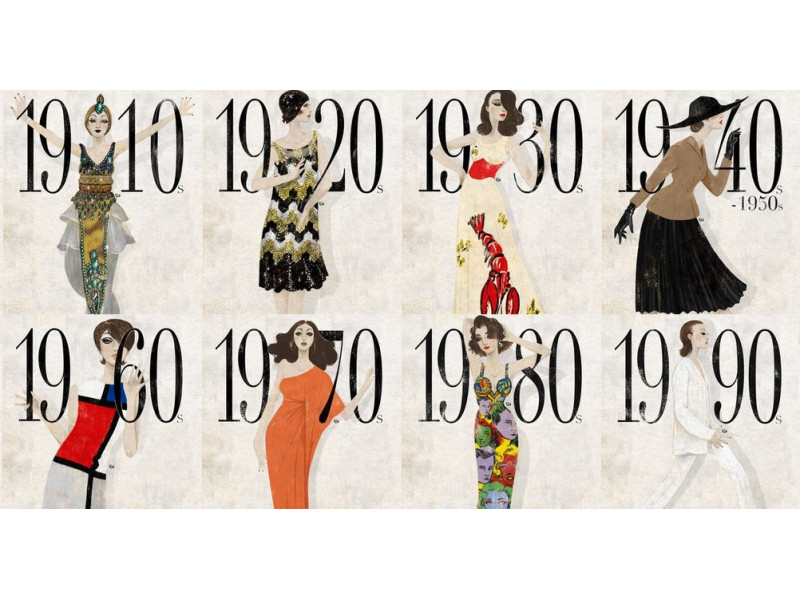
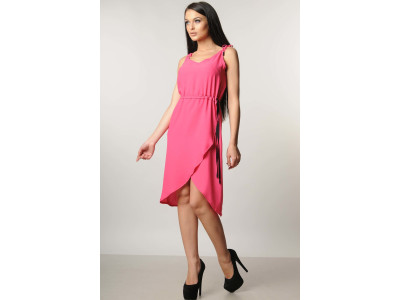
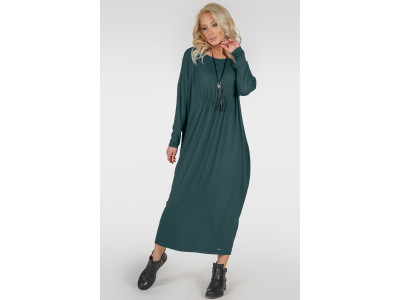
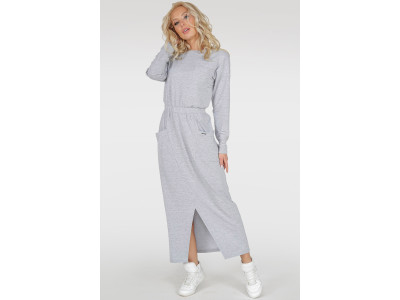
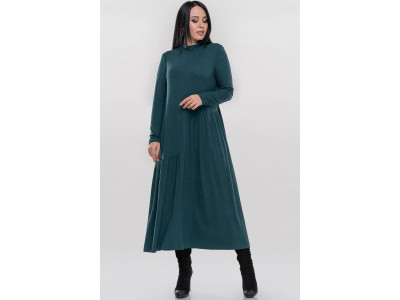
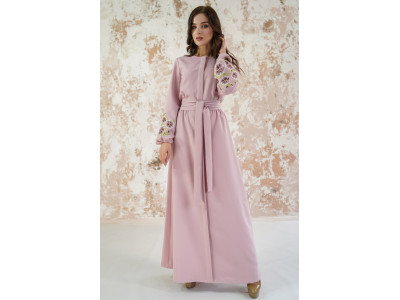
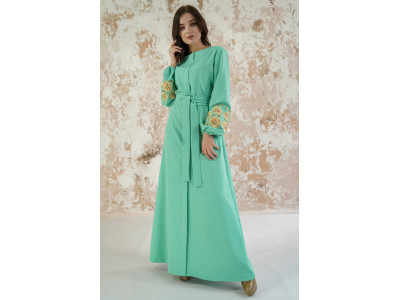
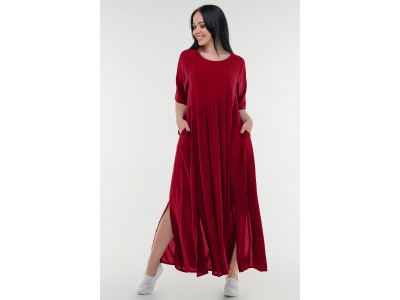
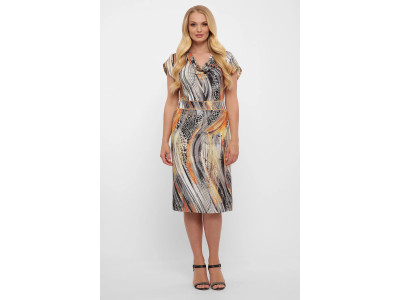
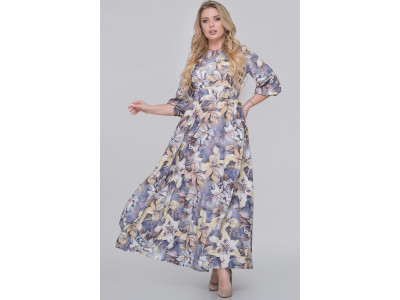
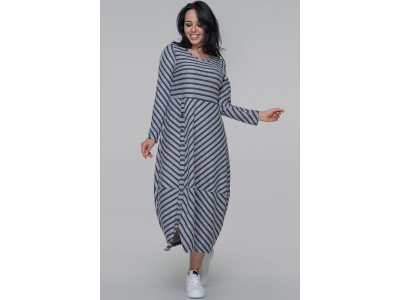
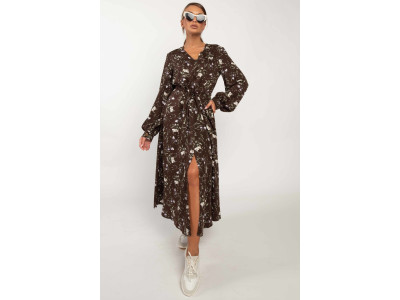
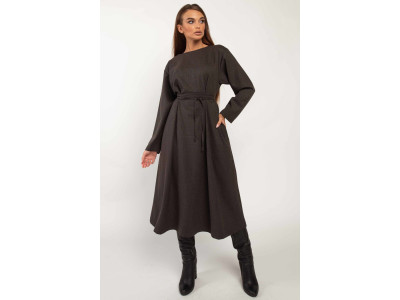
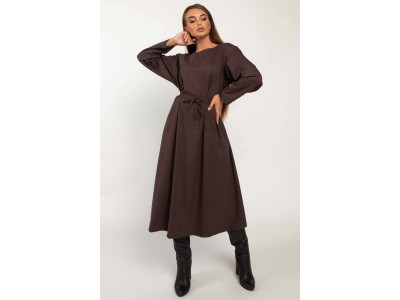
Write a comment